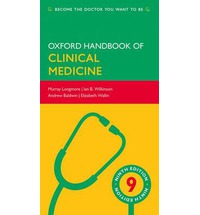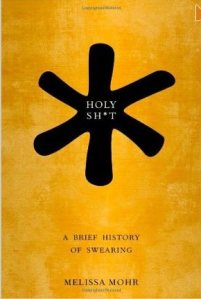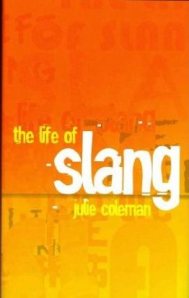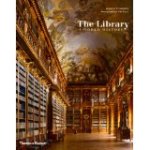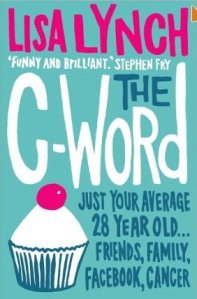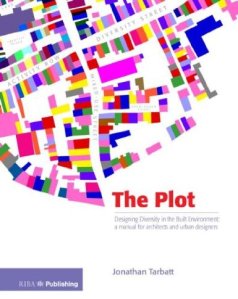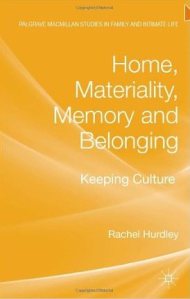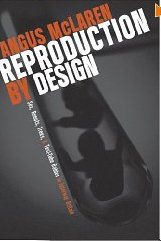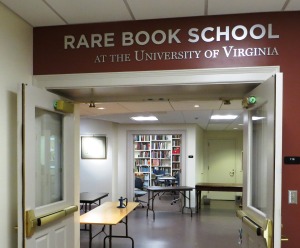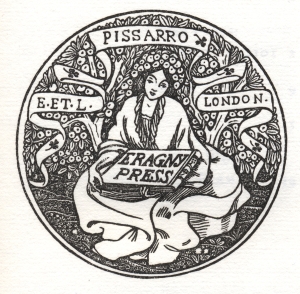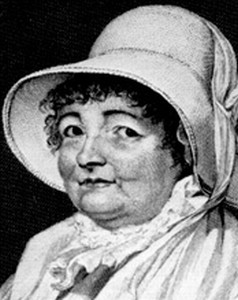 Satan’s mistress is certainly a title to grab your attention, and includes plenty of strange facts about the life of 18th century fanatic and prophet Joanna Southcott. The blurb on the back of the book is equally sensational:
Satan’s mistress is certainly a title to grab your attention, and includes plenty of strange facts about the life of 18th century fanatic and prophet Joanna Southcott. The blurb on the back of the book is equally sensational:
“Joanna Southcott’s yearning to make her mark in the world was so strong that she inadvertently sold her soul to the Devil. She would rather have given it to Jesus, but the Devil persuaded her that the voices she heard were from God. It was only on her death-bed that she realised she was not the Bride of Christ at all, but the mistress of Satan.”
A sparsely educated daughter from a farming farming Joanna grew up to be a widely influential prophet who in her mid sixties claimed to be pregnant by immaculate conception, and that her son Shiloh would be born on Christmas day. In fact she died on 27th December, unsurprisingly without giving birth. Even today there is a sect of believers called the Panacea Society who are waiting for the spirit of Shiloh to manifest.
Val Lewis leads us through Joanna’s life, and explores what may have happened to the sealed Box of Prophecies, which was only to have been opened by 24 Church of England Bishops.
An extraordinary story about a woman who had 14,000 followers and a cult that still survives today.
Lewis, Val (1997) Satan’s mistress. Shepperton: Nauticalia.
ISBN: 0953045803
Classmark: BF1815.S6.L3 (ASSL)

